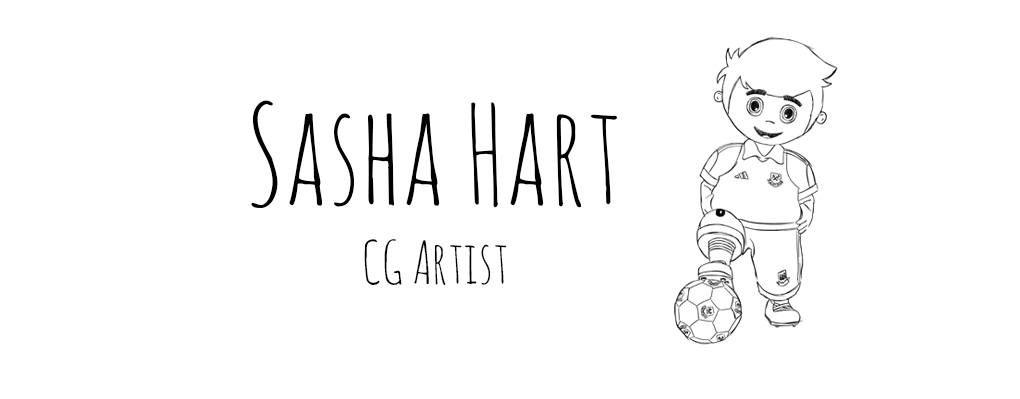Victor Fleming 1939 film The Wizard of Oz is a film that nearly everyone has seen once in their life. When we first see the land of Oz the technicolor colours get our imagination going. As well when we follow the story we can see several morals that unfold in front of us.
Lonely and sad Kansas Kansas she has to follow the yellow brick road to the Emerald City Kansas
“Oz was groundbreaking in a number of ways, most obviously in its visual impact.” The first half of The Wizard of Oz is shot in black and white (sepia tones more than black and white). Also the first half of the film is quiet slow paced this was Fleming’s way of showing what life in Kansas Kansas
Dorothy learns that there is no place like home. She spends the beginning of the film wishing she didn’t live in Kansas Kansas
“THE WIZARD OF OZ is timeless. So simple, so honest, but so deep in its messages about love and self-discovery.” For us Oz is this magical place but for Dorothy it is also a place where she finds herself and does some growing up. The Tin man, the Lion and the Scarecrow are all symbolic lessons that we see happening. All three characters had what they wanted to wish for a brain, a heart and courage. They just didn’t know it till the end of the film that they had it all along.
The Wicked Witch of the West is the representation of the real dangers along the way when you start to grow up. Glinda the Good Witch can be seen as a mother figure to Dorothy. She puts her on the right track to solve her problems. As well as telling Dorothy that along the way she with have to grow up and the problems that she encounters on the way will help here do so.
Having seen this film before I never really paid attention to the visual affects and I was so amazed by how the use of colour can be used to portray something to the audience. The use of dark colours to portray unhappiness and the use of bight colour to happiness. The moral “There no place like home” is portrayed so well and has the audience thinking that there is really no place like home.








No comments:
Post a Comment